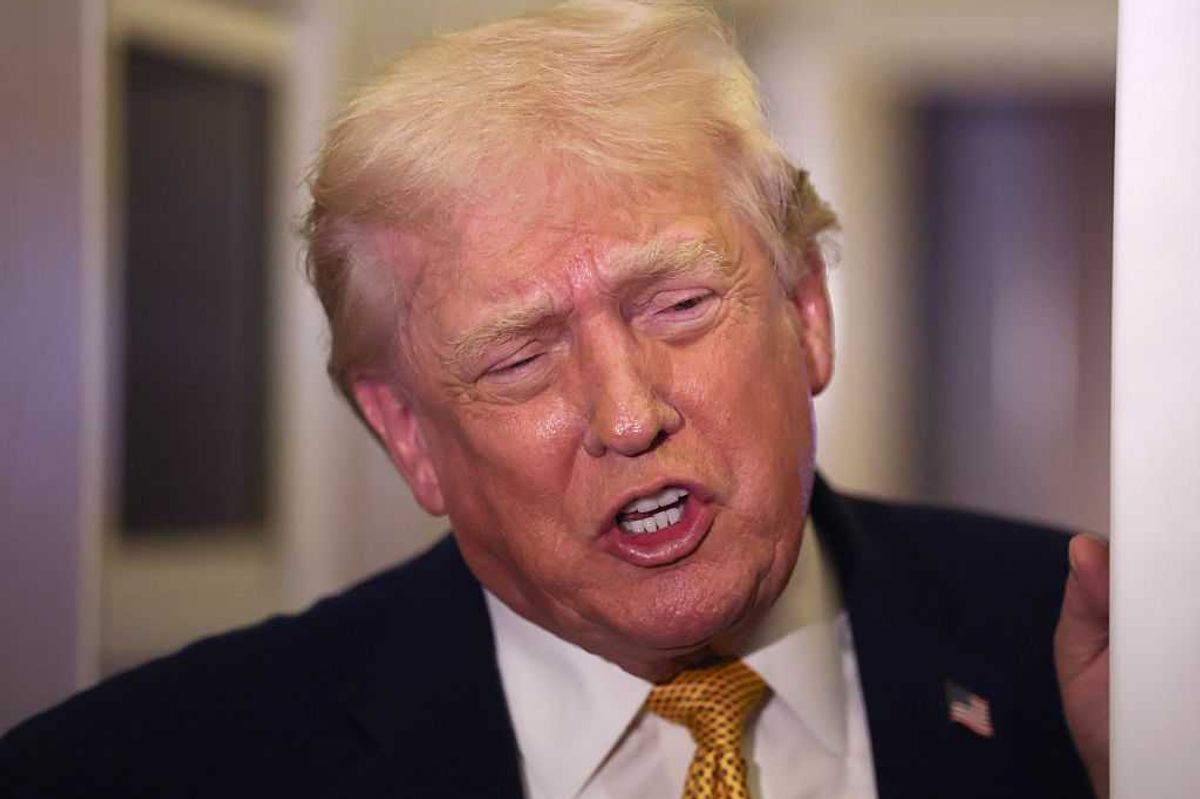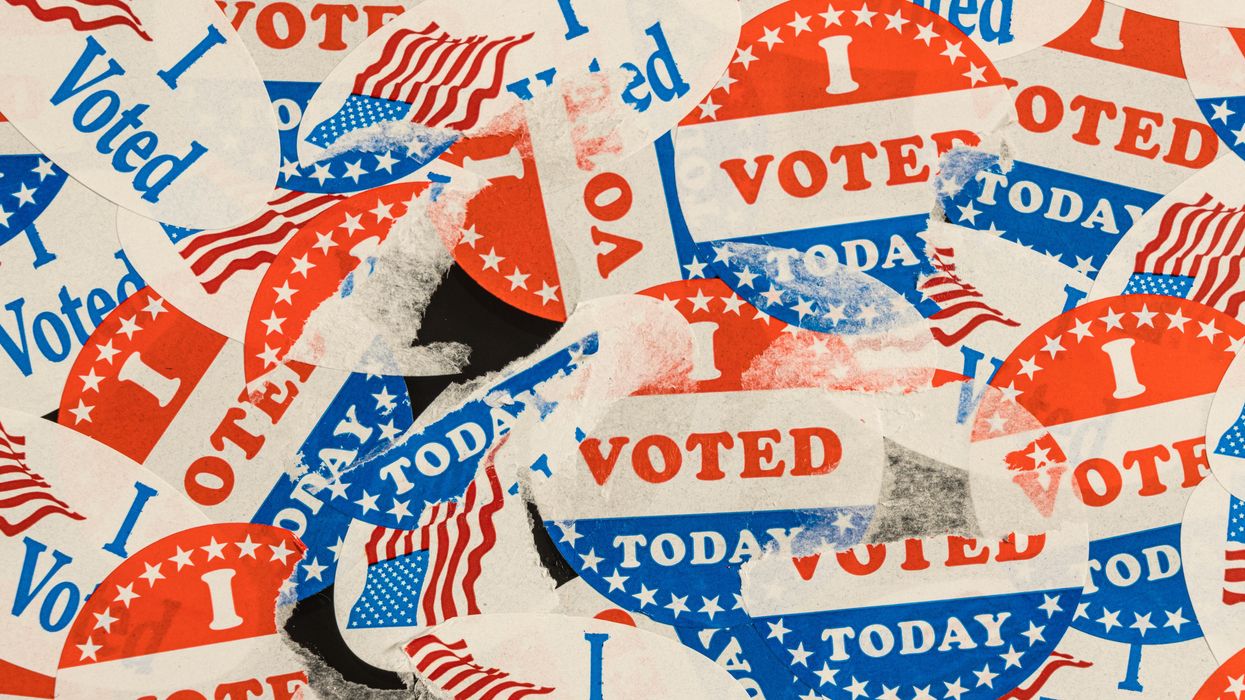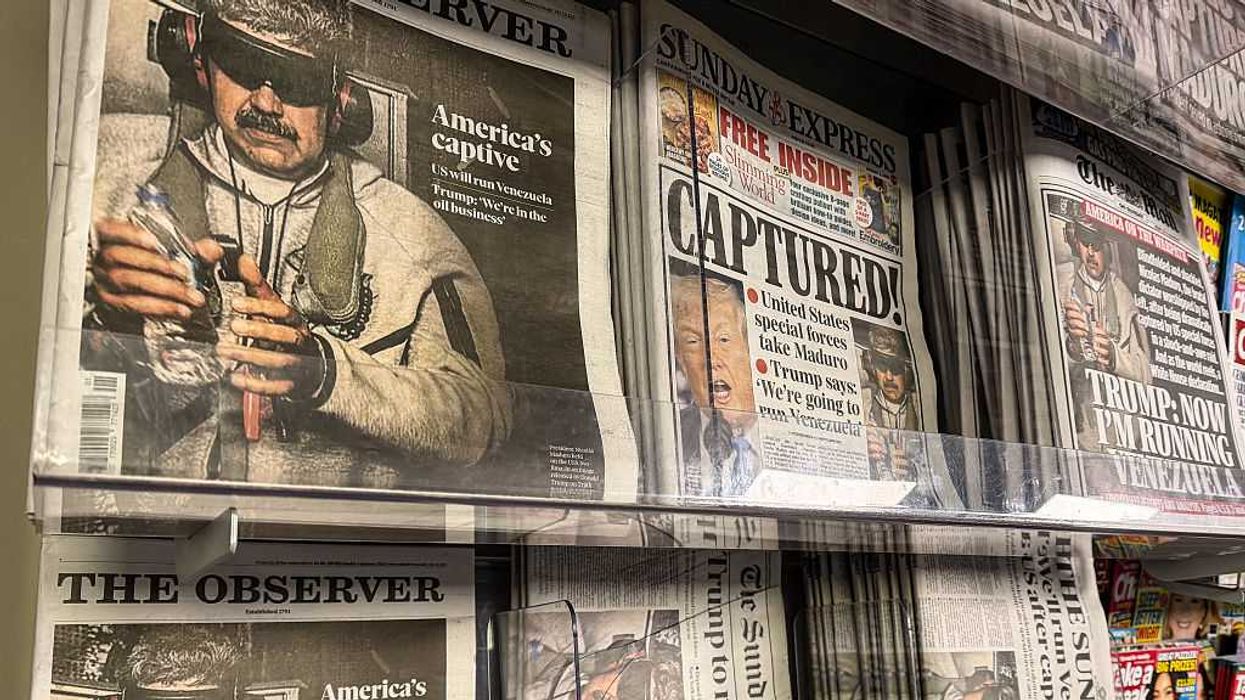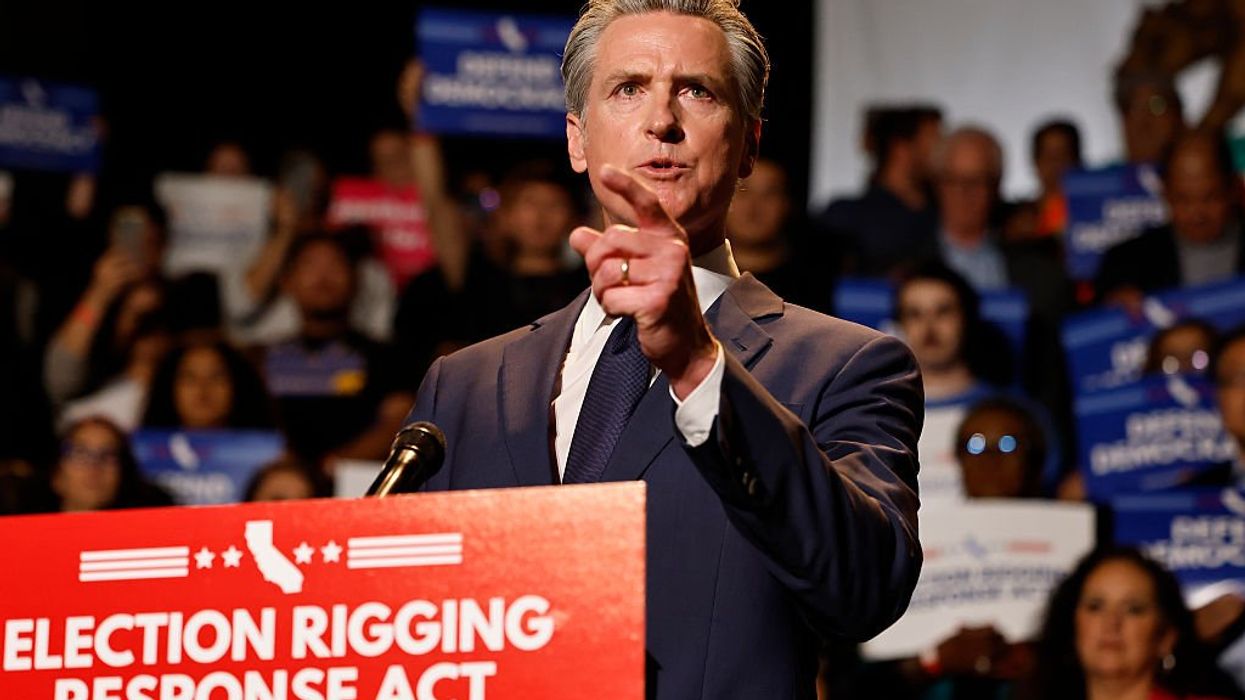The United States, once hailed as the world’s foremost pioneer of democracy, has lost its luster. In recent decades, complacency about its hallowed status has blunted the American establishment’s reckoning with our country’s democratic deterioration, fueled widespread disenchantment with the system, and paved the way for an authoritarian turn.
The first quarter of the 21st century has been marked by accelerating change, disquiet, and tumult. On the right and the left, among institutionalists and populists alike, people are signaling that the way democracy is practiced today isn’t meeting their needs. Nearly three-quarters of American voters don’t think their country is a good example of democratic governance.
The 2024 election results in the U.S. mirrored those in other liberal democracies: the incumbent candidate was rejected in favor of a populist disruptor with an authoritarian tilt. While these outcomes undeniably pose a serious threat to democracy, they must also be seen as presenting an unrivaled opportunity to lay the groundwork for democratic renewal and transformation, something that is sorely needed and too meekly confronted. Philanthropic actors are in a position to provide that nurture. To do so, however, they will need to rebalance their priorities.
Defense is necessary but insufficient
The cascade of actions that disregard democratic norms and practices, attack the administrative state, and challenge the separation of powers merit a robust response from pro-democracy actors. They will face pressure to react to every new shock to the system, as they have before.
Even before January, most philanthropic democracy funding had already been used to shore up existing institutions and electoral processes. This will mean even less mental space and fewer resources to identify opportunities for innovation and positive change amid all the chaos, disruption, and defensive responses, opportunities that ultimately will hold the key to making democracy work better.
The conundrum facing pro-democracy forces is protecting the foundational elements of our current democratic operating system while also renewing and reinvigorating our political and democratic practice with some much -needed system updates and applications. In other words, we must innovate, even as we selectively defend. And when we defend, we must also articulate a vision of what could be better, why it matters, and how it will affect people's daily lives.
Given the torrent of authoritarian and anti-democratic actions to respond to and the suboptimal nature of the status quo, donors will need to be more strategic, forward-thinking, and selective. They will need to refresh their strategies for a new era of disruption and use this democratic crisis to lay the groundwork for a version of democracy that will be broadly appealing to the public.
It’s widely taken for granted that the cornerstone of democracy is free and fair elections. In reality, though, democracy relies on so much more than elections (which, of course, can legitimately elect anti-democratic candidates). All too often neglected are several lanes of democracy work that focus on reinvigorating day-to-day democratic practice and changing how the public experiences a democratic form of government.
The U.S. federalist structure, which gives considerable power and authority to states and localities, creates opportunities for strengthening democracy at the subnational level, even under a presidency bent on weakening democratic institutions. It is, therefore, essential to cultivate democratic innovation at the state and local level while capitalizing where possible on select opportunities for national innovation.
Innovative efforts exist but need to be woven together
The good news is that ma ny actors are already advancing innovative strategies to reform and transform how we experience and practice democracy. Collectively, their work presents an opportunity to improve representation and access, amplify voice and agency, restore trust, strengthen our collective connective tissue, model successful problem-solving, create incentives for long-term thinking in politics, and improve government effectiveness. These are some of the areas that are ripe for expansion and support:
- Structural reform efforts to improve the representativeness of government through changing different aspects of our elections. These include various reform options such as proportional representation, ranked choice voting, fusion voting, open primaries, campaign finance reforms, etc.
- Co-governance and deliberative democracy experiments to give more agency and voice to members of the public through vehicles such as participatory budgeting, better public meetings, better forms of input on proposed legislation or regulation, and policy-making through civic assemblies.
- Use of technology to give a greater voice to the people and improve government effectiveness and performance, for example, by creating accessible platforms for engagement and channeling artificial intelligence to improve feedback mechanisms and enhance existing processes and delivery of services
- Integration of longer-term thinking into governance ensures our institutions and our policies protect the interests of future generations and the planet and adopt modes of governing suited to solving complex 21st-century problems. This could include future-focused legislative committees, intergenerational policy frameworks, and new litigation frontiers.
Alongside these efforts, developing social infrastructure to improve cohesion, create shared understandings and aspirations, reduce polarization, and counter mis- and disinformation is critical. This could include community media, civic renewal initiatives, social media platforms, pro-social narrative content like speculative fiction that imagines how innovations could change democratic practice, and a TV series that shows us what a more positive future could be.
How Democracy Funders Can Help
In this unstable and rapidly changing environment, donors need to innovate to support democratic innovation and this emerging ecosystem of actors. As explained in Democracy Funders Network’s recent publication, transformational times call for fresh thinking and bold action. Donors need to be nimble and curious, humble about what they do and don’t know, take more risks, experiment and iterate, and be willing to fail to succeed. In short, donors must truly inhabit the “good ancestor” role by leveraging their assets, long lifespan, and independence for collective well-being.
Suzette Brooks Masters is a Senior Fellow at Democracy Funders Network, where she focuses on democratic innovation and renewal.




















